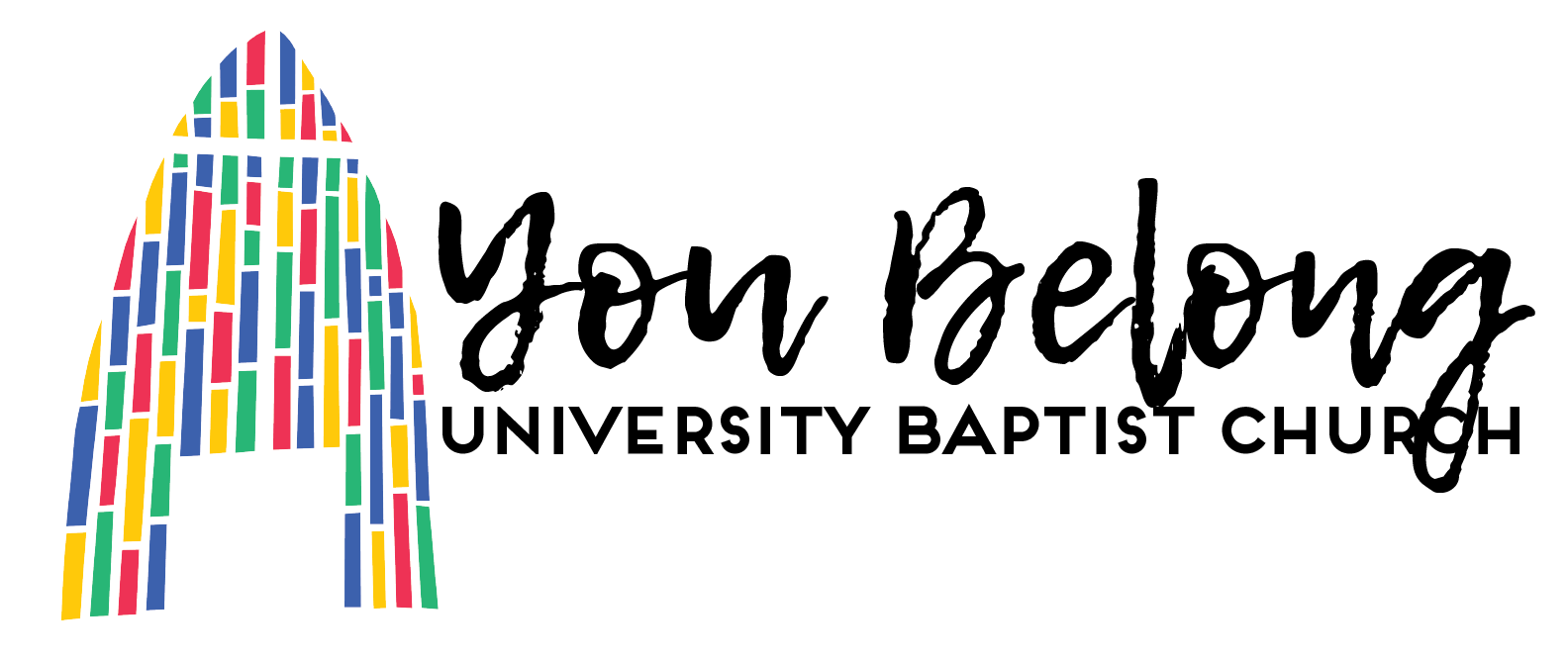Madeleine L’Engle, probably best known for her Newbery Award winning book A Wrinkle in Time and its companion books, wrote for adults as well as children. She said, “You have to write the book that wants to be written. And if the book will be too difficult for grown-ups, then you write it for children.” Longtime UBC member Howard Anderson loved those less difficult adult books and the author and once brought her to the church to conduct a seminar.
A Circle of Quiet, her book published in 1972, references events that are forty years old and dated, but has truths as current as this morning’s news. She begins with her own need for a place of quiet away from the four generations of twelve people who sleep in their big, old-fashioned farmhouse one summer and more who come to eat.
Finding her circle of quiet down by the brook, she took “ontology” as her word for the summer – the word about being, the essence of things. Along with that she pairs the rejection of the “image” half of “self-image,” as being an illusion. Rather, she would have us concentrate on the real self as part of our being.
She brings us into her musings like one listening in on a conversation. Naturally, she uses the elements of being a writer for many of her connections to the real world, but these translate easily into one’s own passion. Her conversation covers fear of the dark, doubt versus faith, care of the elderly, discipline versus leniency, and multitudes of other topics.
Madeleine’s circle of quiet gave her time to consider what was important. I would guess that no reader would come to exactly the same conclusions that she did, and I think that would be fine with her. But I recommend checking the book out of the library, finding a place of quiet to read, and considering her questions of being as they apply to your own true self.


Follow Us!